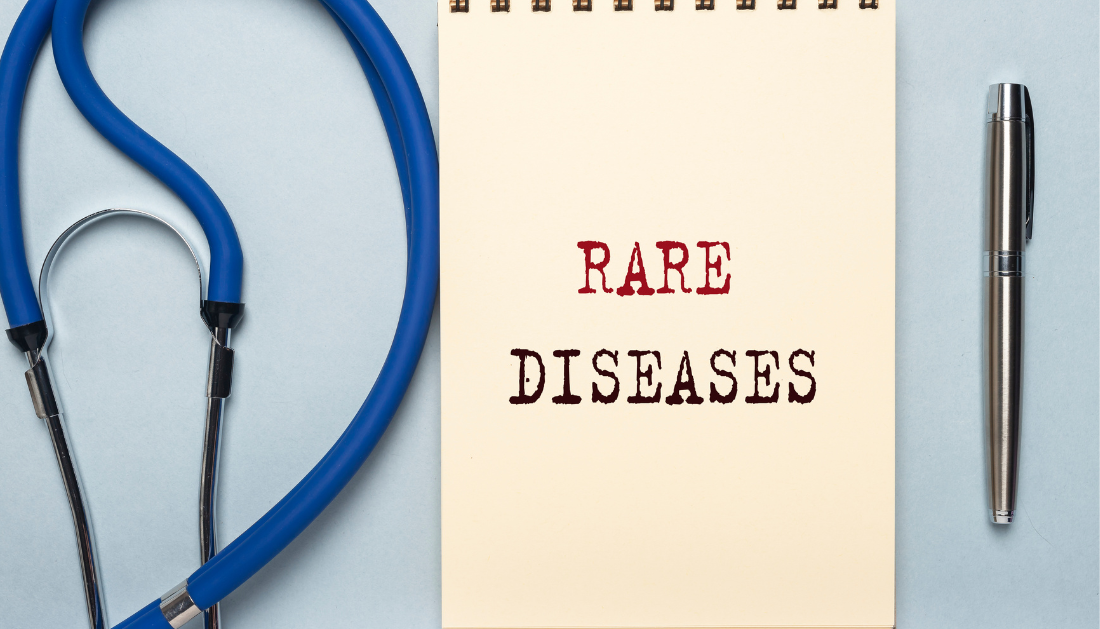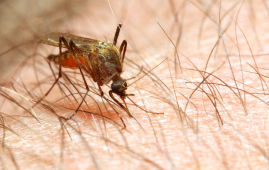

Rare diseases affect fewer than five in 10,000 people in the EU, yet their collective burden is immense. Most have genetic causes, making accurate diagnosis complex. However, a groundbreaking European initiative, Solve-RD, has transformed the landscape, diagnosing over 500 patients with rare disease through genetic reanalysis, as detailed in Nature Medicine.
Led by experts from Radboud University Medical Center, the University of Tübingen, and CNAG-CRG in Barcelona, this collaborative effort reexamined the genome data of 6,447 patients and 3,197 family members, addressing conditions like neurological disorders, hereditary cancers, and intellectual disabilities.
Key Highlights
- Comprehensive Reanalysis:
Leveraging cutting-edge techniques, researchers provided 506 families with diagnoses, offering clarity after years of uncertainty. - Actionable Insights:
For 15% of patients, the diagnoses suggested potential treatments or further actionable leads. - Unified European Framework:
By standardizing methods across countries, the initiative ensures equal diagnostic opportunities for patients regardless of location. - Scaling Up Efforts:
ERDERA, a follow-up alliance, aims to expand this work, analyzing 100,000 rare disease datasets and adopting advanced techniques like RNA sequencing and optical genome mapping.
Collaboration Fuels Success
The Solve-RD initiative’s success highlights the power of international teamwork. By uniting 300 experts from 12 countries, researchers developed a robust framework that:
- Utilized two-level expert reviews to ensure precision.
- Integrated multidisciplinary expertise, including genetics and data science.
- Overcame legal and logistical hurdles to harmonize methodologies across Europe.
A Beacon of Hope for Rare Disease Families
This initiative has brought relief to families who endured decades of uncertainty.
- Patient Stories:
One patient, undiagnosed for over 20 years despite multiple studies, finally received clarity through this reanalysis. - Broader Impacts:
Beyond diagnoses, the work sets a foundation for developing targeted treatments for previously unresolved cases.
Future Directions in Rare Diseases
With the establishment of ERDERA, researchers aim to:
- Expand datasets from 10,000 to 100,000 rare disease cases.
- Incorporate advanced technologies for faster, more accurate diagnoses.
- Bridge gaps in healthcare disparities through enhanced international cooperation.
Holm Graessner, Solve-RD coordinator, emphasized the milestone:
“This is a significant step forward in rare disease research, showcasing the immense potential of collaboration.”
More Information: Genomic reanalysis of a pan-European rare-disease resource yields new diagnoses, Nature Medicine (2025). DOI: 10.1038/s41591-024-03420-w
more recommended stories
 How Soybean Oil Impacts Weight Gain and Metabolism
How Soybean Oil Impacts Weight Gain and MetabolismWhy Soybean Oil May Affect Metabolism.
 New Malaria Prevention Insights From African Biostatistics
New Malaria Prevention Insights From African BiostatisticsHow New Data Is Reframing Malaria.
 Coffee and Cognitive Function: Evidence Review
Coffee and Cognitive Function: Evidence ReviewA new narrative review in Cureus.
 Colorectal Cancer Screening Rates Low in Adults 45–49
Colorectal Cancer Screening Rates Low in Adults 45–49Recent UCLA research reveals that colorectal.
 Gut Immune Cells and Long-Lasting Antiviral Protection.
Gut Immune Cells and Long-Lasting Antiviral Protection.Breakthrough Findings on How Gut Immune.
 Mild Pancreatic Duct Dilatation Signals Higher Cancer Risk
Mild Pancreatic Duct Dilatation Signals Higher Cancer RiskEarly Structural Changes Offer Critical Clues.
 How the Uterus Senses Force During Labor: New Insights
How the Uterus Senses Force During Labor: New InsightsA new study published in Science.
 Fat-Free Mass and Brain Outcomes in Preterm Babies
Fat-Free Mass and Brain Outcomes in Preterm BabiesEarly Fat-Free Mass May Hold the.
 How Hormones Shape Dopamine-Driven Learning
How Hormones Shape Dopamine-Driven LearningNYU Study on Hormones and Cognitive.
 Protein Pair Guides Chromosome Alignment in Mitosis
Protein Pair Guides Chromosome Alignment in MitosisKey Points A joint research team.

Leave a Comment